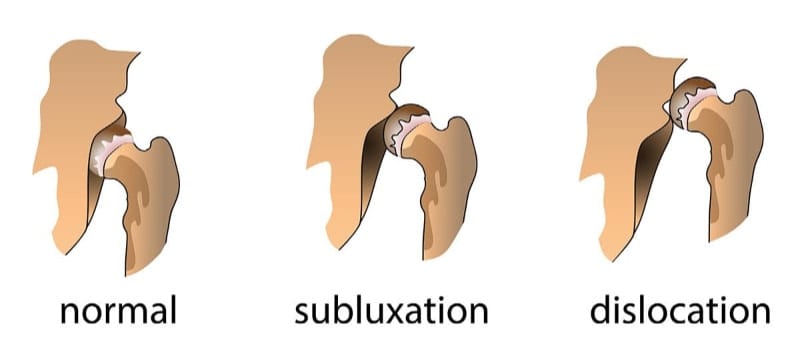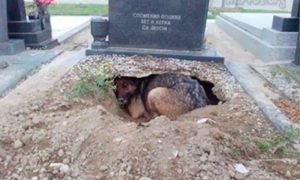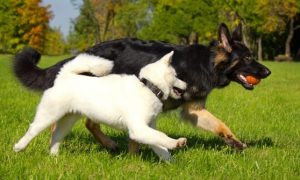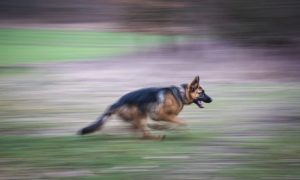Canine Hip Dysplasia (CHD) is often a misunderstood crippling disease. The word dysplasia means abnormal growth of the canine hip.
This abnormal growth makes the hip loose and wobbly, leading to increased movement of the hip. Increased movement results in a weakened hip joint that causes painful inflammation and decreased flexibility.
Over time a dog with hip dysplasia may suffer from crippling arthritis and lameness if the disease is left untreated.
Canine Hip Dysplasia is a progressive disease. The levels of severity differ from dog to dog and specific breeds. Large breeds are statistically the most at risk of developing hip dysplasia, but small and medium dogs are also affected by the disease.
Dogs with hip dysplasia are at higher risk of injury through normal and strenuous activity.
Canine Hip Dysplasia Example
The hip joint is not the only area of a dog that may be affected by this disease.
Knee, shoulder, and spinal joints can also show evidence of changes. The gradual loss of cartilage, joint inflammation, bone spurs, and pain can all result from osteoarthritis or dysplasia.
Common Canine Hip Dysplasia Symptoms:
- A marked change of behavior or personality
- A faint popping sound coming from the back legs with each step
- For smaller dogs, growling, whining or yelping when lifted or handled
- Difficulty climbing stairs
- Difficulty getting up from a lying or sitting position
- Increased sensitivity to touch
- Lack of motivation to move
- Lameness
- a painful or violent reaction to an extension of their rear legs
- Play or exercise taking more of a toll than it used to
- Reluctance to walk, climb stairs, jump or play
- Stiffness
- While moving, moving both rear legs in unison
- Whining or making noises for no apparent reason
A dog can have hip dysplasia and initially show no symptoms. The disease will become more evident to owners as their dog ages.
The only method to positively determine if a dog has hip dysplasia is by x-rays taken by a veterinarian.
Your trusted veterinarian should be able to identify hip dysplasia, but if a second opinion is needed, the Orthopedic Foundation for Animals (OFA) specializes in identifying Canine Hip Dysplasia.
Genes and environment play an important role in determining if a dog will develop hip dysplasia.
Poor breeding does not always mean dogs will be afflicted with hip dysplasia, but there is a genetic predisposition for the disease.
As a puppy, if the animal is malnourished, overweight, excessively exercised, or has the genetic precursors to hip dysplasia, the odds increase that this pet will develop hip dysplasia as time passes. This is especially true for larger breeds.
Selective breeding is crucial in reducing the odds of dysplasia.
However, dysplasia can result from genetic mutations or directly from masked genes that can skip one or more generations.
Just because the parents of your dog did not have or develop dysplasia does not mean your pet cannot be afflicted.
When choosing a breed that is known to have this disease, look for a reputable breeder, and do your homework. Research your future puppy’s genetic past.
If you have a pet that is been diagnosed with any form of canine dysplasia, look into Alternative Medicine for Dogs for a natural approach to pain management and slowing the progression of the disease.























